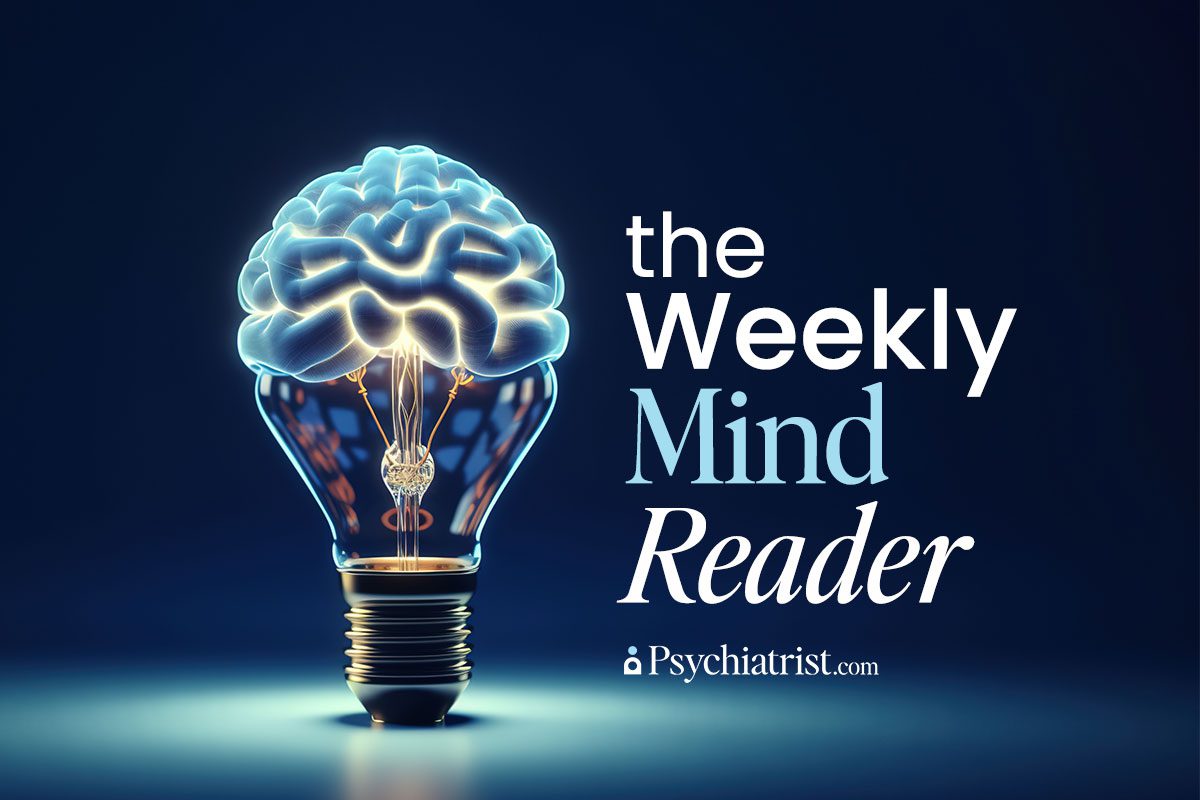Since the U.S. Food and Drug Administration (FDA) signed off on esketamine treatment for individuals with treatment-resistant depression (TRD) in certified treatment centers, care providers have struggled to overcome multiple barriers to effective treatment.
Barriers to Esketamine Nasal Spray Use in TRD
More than 7 percent of Americans struggle with major depressive disorder (MDD), highlighting the prevalence of treatment-resistant depression (TRD) and the burdens it carries, such as extended hospital stays, increased mortality, and higher healthcare costs.
Esketamine, an FDA-approved treatment for TRD, offers hope, but its administration demands impose its own set of challenges. Treatment requires in-person visits to certified treatment centers, a potential barrier for some patients, especially those in rural areas or with limited mobility.
To better understand – and eventually overcome – these hurdles, researchers took a retrospective observational approach to identify and examine the factors influencing esketamine therapy. Their study highlighted key demographic and socioeconomic factors linked to treatment patterns, such as:
- Age.
- Insurance type.
- Comorbidities (such as anxiety disorders and PTSD).
- Distance to treatment centers.
Notably, the study discovered that travel distance plays a significant role in the likelihood of initiating and continuing esketamine treatment, with individuals living further from treatment centers less likely to start or even complete therapy.
Other factors, such as insurance type, psychiatric comorbidities, and social determinants of health (SDOH), such as county-level socioeconomic vulnerability, also appeared to influence treatment outcomes.
The results underscore disparities in mental health care access, especially for more vulnerable populations, including racial and ethnic minorities, those with medical comorbidities, and rural patients. The findings suggest a need for alternative care models to address these disparities and improve access to esketamine therapy for TRD patients.
IN OTHER PSYCHIATRY AND NEUROLOGY NEWS
- New research explores the origins of relationship trauma, highlighting the role of mindfulness in fostering healthier dynamics.
- Late-onset Parry-Romberg syndrome (PRS) can present with obsessive-compulsive disorder (OCD) and an abnormal cavum septum pellucidum (CSP), suggesting a possible link between the two.
- The Primary Care Companion for CNS Disorders just published a case study that offers a comprehensive examination of the diagnosis and treatment for a traumatic brain injury (TBI).
- One of our recent CME courses presents HAE case studies that help participants diagnose, treat, and manage patients with hereditary angioedema.
- And, finally, celebrities have started taking mental health breaks, which represents a growing public acceptance of the practice.



